Created and written by Mike Gerbino, season 2 of the hard-hitting yet humorous satire DARK JUSTICE probes the problematic relationship between law enforcement and African-Americans. Currently available on its official web site, Youtube and Facebook pages (see links below), DARK JUSTICE’s 8 new episodes follow the strained partnership between black cop Amir Johnson (played by Che Holloway) and his racially ignorant white partner Stanton (Tim O’Connor).
While DARK JUSTICE’s first season illustrated Amir’s struggle for respect in a racist police department, its second shows how Amir and Stanton try to work together – if they can. “…We’re dealing more with the police interactions in the community,” Gerbino explains. “It’s not really about the cops in the station, or their dealings with each other, as much as it is about how they handle working with the public.”
DARK JUSTICE also explores both cops’ disastrous attempts to turn the police from adversary to ally. “We learn something very important this season: people don’t trust the cops. In one episode, Amir decides to throw a community barbecue to bring the neighborhood together, but everyone is too afraid to attend,” recalls Gerbino. “In another episode, the cops are chasing down a young man who isn’t even sure why he’s running.”

Che Holloway reprises his role as Officer Amir Johnson in season 2 of DARK JUSTICE.
Even though DARK JUSTICE now revolves around the supposedly mean streets of small town America, the distrust between Amir and Stanton remains visible. Yet, as Gerbino adds, their conflict is a metaphor for the distrust that many people have towards cops in real life.
“There is still some in-fighting between our two leads, of course, but it is all to service the idea that police have a credibility issue with the public. Amir and Stanton have settled into their partnership this season, and (they) make more of an attempt to work in concert with each other.”
When it comes to their policing methods, the differences between Amir and Stanton are equally stark. “To me, Stanton represents a sliding scale of ‘business as usual’, which sometimes includes subtle bias and other times includes overt racism and unwitting brutality,” responds Gerbino. “Amir, on the other hand, represents reform and the naive idea that cops can fix the problem just by being better cops.”
Holloway’s character shows that while one person can often make a difference, one person isn’t enough to solve the racism problem in today’s law enforcement. “I don’t know that we see a ton of development between those two characters, but what Amir is learning this season is that being the ‘good cop’ isn’t quite enough when the problem is bigger than himself,” Gerbino says. “Stanton is sort of there to facilitate that understanding.”
Unfortunately, Amir’s well-intentioned efforts to change the perception of police are frequently thwarted by the persuasiveness of his white colleague. “We keep watching Amir fail at normalizing the police to the community, and some of the most successful bonds created happen when Stanton accidentally tells people the truth about how the police think and operate,” Gerbino replies. “In one episode, we watch as the guys from the block are unwilling to buy Amir’s ‘nice guy’ attitude, but love to talk to Stanton about his racial profiling techniques.”
While DARK JUSTICE’s first season was built around an ongoing storyline that viewers could only follow by watching every episode in order, season 2’s retooled structure doesn’t require that high level of commitment. Since its 8 latest episodes don’t contain a continuous narrative thread, its sitcom-based approach makes for a more flexible viewing experience. Already, fans of the series have raved about it.
“The best thing about the new format is its accessibility. We’ve gotten so many more eyes on the episodes already just because a viewer can jump in anywhere and watch it. They don’t need to see it from the beginning,” notes Gerbino. “The episodes are also shorter, punchier and more fun, and the social commentary is far more specific. The show is now geared toward people who aren’t familiar with the show but might stumble upon it, and that is a huge advantage.”

Tim O’Connor returns as Officer Stanton in season 2 of DARK JUSTICE.
DARK JUSTICE’s production also improved, as did the work of its two leads. “The writing got crisper, but also, Travis Cannan, our cinematographer, really stepped the look of the show up a notch this season. He was more careful, more deliberate and just generally more decisive with the look,” Gerbino remembers. “Of course, Tim and Che (our lead actors) had a relationship to the roles this season that was much more comfortable and flexible. They brought a lot more to the table as individuals this season, and I think that elevated everything.”
Along with its comedy, DARK JUSTICE’s pointed yet passionate social commentary is even stronger in season 2. “I think the noticeable difference (between seasons 1 and 2) is that we’ve taken a much more hard-lined stance on the issue of policing in America,” explains Gerbino. “We are not going after police on any truly aggressive level (and hopefully, police could watch the show and not feel attacked).”
However, Gerbino balances that side of the series with its depiction of how police can improve their relationships with communities. “This season, we are choosing to believe and empathize with the public and point out the ways in which the police in America are really their own worst PR machine,” the show’s creator says. “It seems obvious to us, but since cops are so often baffled by the anti-cop sentiment in our country, I think maybe the show can help explain it.”
While the drama in our nation’s Capitol has taken center stage in the news, Gerbino feels that its narrow focus on racism in policing keeps DARK JUSTICE on-track. “Had I known (in October 2016) that Trump would be President, the show would be very different. (However), I also think that maybe it is a good thing we didn’t know, because the show doesn’t get bogged down in politics, or whatever the hell is happening in our government now. Instead, the show is dealing with some very root issues of a very volatile conversation happening this country. “

DARK JUSTICE creator Mike Gerbino.
Of course, the comedy in DARK JUSTICE has much in common with how actual police have tried – and failed – to reach out to the citizens they serve.
“Almost every episode is inspired by something real. We saw these videos online of a Kansas police department throwing a Black Lives Matter barbecue and thought that was interesting, but imagined how it might go over in other neighborhoods and that made us laugh,” says Gerbino.
During season 2, DARK JUSTICE portrays how even a business owner can look askance at those who protect and serve. “There is an episode that takes place in a coffee shop that deals with what happens when an ‘anti-police’ establishment needs the help of the police,” recalls Gerbino. “That comes, partially, from our co-producer Elisa Peebles, and her experience as a barista in New York City.”
Emotionally spent after a frustrating experience with local police, Gerbino found that making the cafe-based story was a creative release of tension. “There is a line in the café episode where we basically say that cops are useless, and they aren’t going to help you if you need them,” Gerbino says. “That is a little harsh and not exactly how I feel, but I had just come back from trying to file a police report when I was writing that, and (I) was really annoyed because that’s how it felt.”
Art also imitates another painful fact of police life as DARK JUSTICE’s second season concludes. “The final episode of the season will be about union reps and what goes into protecting and insulating police officers after something happens on the job,” Gerbino remarks. “That comes from a number of very real, very unfunny officer-involved shootings we’ve seen over the last couple years where unions have stepped up to give the benefit of the doubt not to the dead person, but to the officer accused of the shooting.”

L-R: DARK JUSTICE co-stars Holloway and O’Connor.
DARK JUSTICE’s winning balance of issues-based humor with remarkable characters gives Gerbino’s series a depth that few similarly styled comedies can match. As a whole, Gerbino aims for DARK JUSTICE to impact audiences on both sides of the police/citizen divide.
“I hope the show is a sigh of relief for like-minded people, but also (that it) is a relatively gentle eye-opener for any ‘Blue Lives Matter’ folks out there who are kind enough to give it a chance,” Gerbino says.
Gerbino also hopes that DARK JUSTICE will give law enforcement officials a chance to reconsider the troubling fallacies that frame their view of communities. “I think the show ultimately sympathizes with the plight of good cops like Amir Johnson, and shows that the way to make the good cops safer and better respected is by examining the problem from the very valid perspective of the people,” he says. “By ‘the people’, I refer to protestors, activists and everyday working folks who the current administration considers the enemy.”
As Gerbino sees it, DARK JUSTICE is made to entertain – and to make a difference. “This season of DARK JUSTICE is really about the public perception of police,” says Gerbino. “Everyone gets so defensive when talking about this issue, and so I want to make it clear to everyone who sees the show that we are not here to bash cops for being cops. This is not a show about how terrible police are. This is a show about how the public perceives police and why, and how their tone-deafness and inability to handle criticism contributes to that perception.”
NOTE: Regarding closed-captioning of DARK JUSTICE’s second season, Gerbino says: “Season 2 currently has subtitles on Facebook if the viewer chooses. The best way to access our episodes with subtitles is to find us (on our Facebook page) and dig into our videos section.”
ON THE WEB: www.darkjusticeshow.com
YOUTUBE: https://www.youtube.com/channel/UCTcQjhpLpxkKFYzJZDXIEuw
FACEBOOK: www.facebook.com/DarkJusticeShow

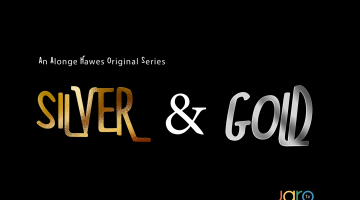
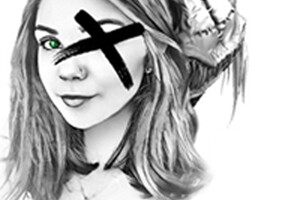


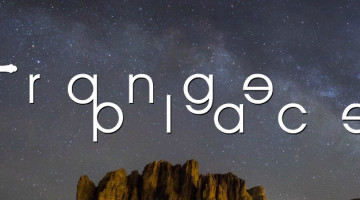
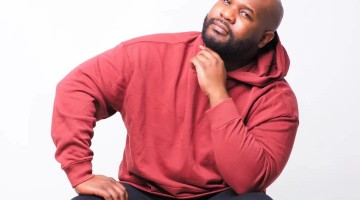
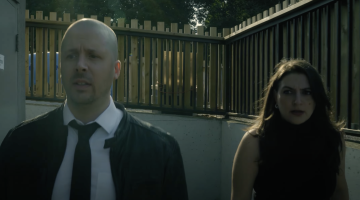
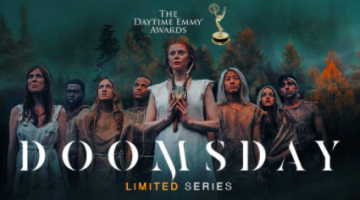

No Comment